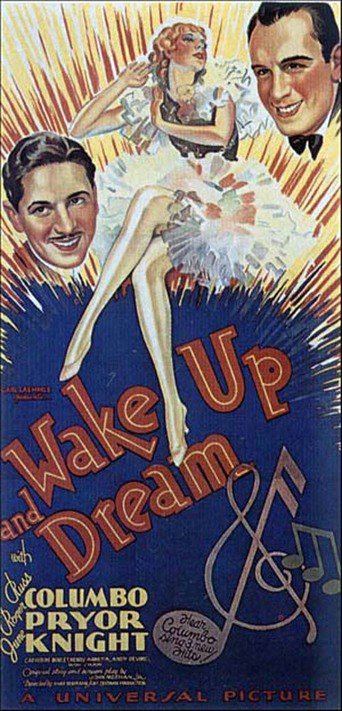
The circumstances of this novel are not ancient history, or First Contact history, or Colonial history.

This is occurring during the early 1960s, when the movement to grant long-overdue citizenship to Aboriginal and Torres Strait Islanders was emerging.

Because this family is Indigenous, Sissy is automatically a ward of the State. Odette is not her granddaughter’s guardian, and neither is Sissy’s long-vanished mother. What should shock readers is that Odette’s well-founded fear that the authorities will separate her from Sissy, takes place during the era of my childhood and within living memory of many others who read the book.
#THE WHITE PARADE 1934 AVI SKIN#
But they need to escape the attention of an officious new policemen called Owen, who’s replacing a lazy drunk called Shea, because Sissy, for reasons readers will soon recognise, has the white skin of a father she’s never known. Odette, who spent years in domestic service, is now a self-employed artist who sells her greeting cards to a retailer in the nearest town, and despite the privations of their shabby home, she’s a responsible and loving parent to the motherless Sissy. Odette and Sissy need a permit to leave their home on the margins of a (fictional) country town called Deane.
#THE WHITE PARADE 1934 AVI HOW TO#
Our stories are not written in any books, which means you’ll need to keep telling them to your own family one day.’ (p.131)Īnd how to do that for a wider audience, is an author’s choice. You told me about that today, and already I can remember it. It’s just like the story in the book you’re reading. ‘I’m telling them to you, and it will be your job to remember. ‘You need to know all of these people,’ she said, ‘and you must remember them.’ On the verge of (illegally) leaving town Odette takes her granddaughter Sissy to visit the cemetery:Īfter visiting with her parents Odette walked Sissy past the other graves, explaining the connection she had to family and Odette’s childhood friends. (But Birch is a good deal more economical than Dickens, the book is only 272 pages long, and written in piercingly deft contemporary prose). Depicting it in literature is a legitimate thing to do.Īnd in presenting this world the way Indigenous people too often experience it, Tony Birch isn’t lapsing into easy binaries: he’s a highly skilled, award-winning author who knows exactly what he’s doing: quite apart from using historically valid sources for his content, (which I’ve certainly come across in Indigenous memoir) Birch is not only offering a window into what can be an Indigenous view of the world, he’s also using recognisable character types just like Charles Dickens did when exposing social problems to an indifferent society.

Those who are fortunate need to understand that while it isn’t always a fair assumption to make, this short-hand binary view of the world can be a form of self-protection for an underclass.

And this attitude that the powerless inherit when they are young and sometimes carry with them into adulthood can translate into assumptions about the people they meet: good or evil kindly or cruel trustworthy or not helpful or exploitative. The story is set in the Menzies era, but today, they could add Centrelink to that list. They have learned from their history and their own experiences not to trust people in positions of power – policemen, The Welfare, teachers, missionaries and bureaucrats. The White Girl is a story about people who’ve grown up in a binary world, among the powerless, the poor, the uneducated and the dispossessed. Perhaps I shouldn’t question the opinion of one of Australia’s most prominent literary critics, but it seems to me that Geordie Williamson labelling the characterisation of this novel as easy binaries in his review* misses the point…


 0 kommentar(er)
0 kommentar(er)
